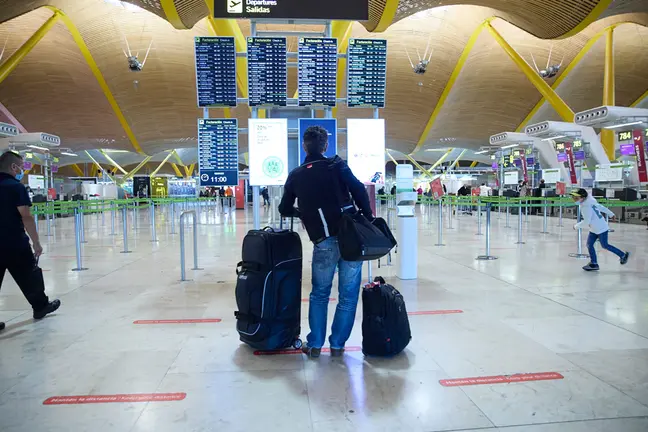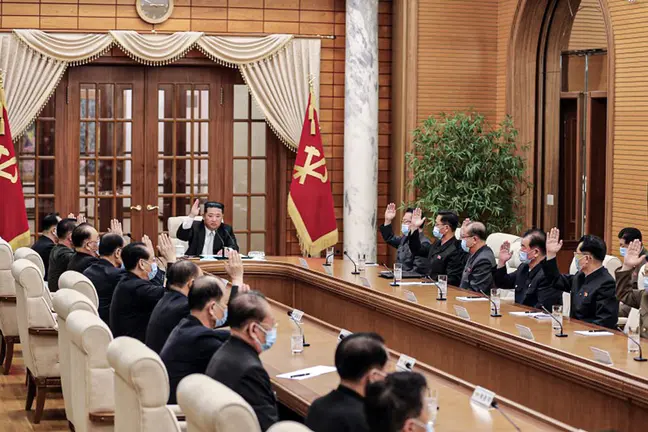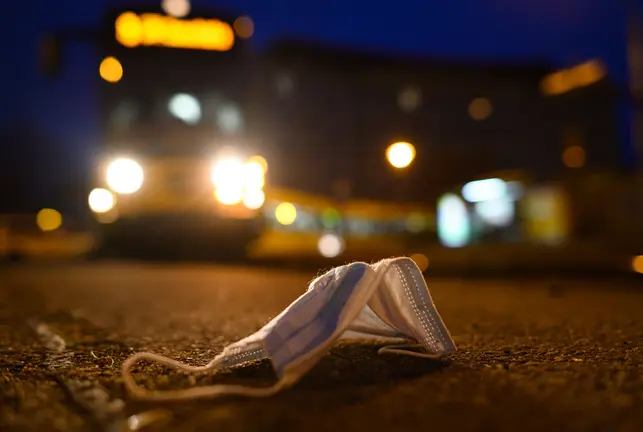On 4 May the Finnish government announced that it was planning to start lifting some of the restrictions it had put in place earlier in March, in an attempt to try to restart the economy and to slowly get life back to normal.
The government called it “a hybrid strategy to manage coronavirus crisis” and the decisions announced last Monday were made after the Permanent Secretary Hetemäki’s working group on the Coronavirus exit and reconstruction strategy delivered the first phase of their report.
According to the Government’s Communication Department’s press release: “the aim of the hybrid strategy is to curb the epidemic effectively while minimizing the detrimental impact on people, businesses, society and the exercise of fundamental rights” and also to “focus extensively on "”test, trace, isolate and treat”" approach (…) as a way to help curb the spread of the epidemic”.
Pekka Rissanen’s, Deputy Director General, Knowledge and Data, seems to agree with the government’s recent decisions as he said to the Finnish Institute for Health and Welfare: “If restrictions remain in place until the end of the year, the impacts on well-being and the entire national economy will be significant and recovery will take a long time.”
Experts from THL also believe that restricting the use of some services and cancelling non-urgent services was done too early and may have caused a burden on the healthcare system, as Kimmo Parhiala, Head of Unit said: “The need for non-urgent care may become urgent if access to treatment is delayed.”
And then there is also the Finnish leading epidemiologist Mika Salminen, who has said that he does not believe that a vaccine will be available any time soon and so “you cannot count on it and you have to find another way out”, which suggests that the Finnish government and experts are looking into the herd immunity strategy.
Government's strategy questioned
With such a polarizing issue, the decisions made by Sanna Marin’s government are further dividing opinions between those who agree with the government’s actions and those who believe that these measures are hasty and putting people in risk groups in danger.
This is probably because, according to the World Health Organization and several different scientists, it is expected that a massive - and potentially worse - second wave of infections is going to happen in the fall and lifting restrictions too early might have an added effect on that.
However, according to the Finnish Institute for Health and Welfare’s report, many people with mental health and addiction problems and homeless people, for example, are struggling further with these emergency restrictions so lifting, at least, some of them, can help by allowing them to return to the “many forms of group and interactive support in their daily lives”, thus regaining a sense of normalcy and routine.
The changes
So, considering all of this, what exactly changes after these restrictions are lifted?
- For now, and starting 1 June, restaurants, theaters, cinemas, bars and other public places are allowed to gradually reopen but only for groups up to 50 people, initially. This particular decision will be reviewed again by the end of June and the Ministry of Social Affairs and Health will issue “a circular to regional authorities on implementing these restrictions to prevent the spread of the coronavirus disease under the Communicable Diseases Act”. However, the Prime Minister Sanna Marin has said that, by 13 May, the decisions regarding restaurants specifically should be concluded.
- Another of the measures announced, this time by the Education minister Li Andersson, was that children would be allowed to have sports practice related activities outdoors and what she called a “controlled opening of pre and elementary schools” would begin. However, universities and other higher education institutions are recommended to continue with remote learning systems for the remainder of the school year, even though they will also be allowed to reopen after 14 May.
- It is immediately permitted to borrow books from the public libraries.
- Some sporting events and competitions are also allowed to resume but under special arrangements. Other major events like festivals are still on hold until 31 July, at least. In actuality summer festivals are not likely to happen at all this year.
- For those who can, working from home is still recommended until further notice but the government will review this after the summer.
- As for traveling, after 14 May, the government authorizes only business related and essential trips abroad within the Schengen area but as for all others, and according to the interior minister Maria Ohisalo, “all personal trips abroad will still not be permitted after 14 May”. Regarding this particular subject, the Finnish Immigration Service (Migri) has asked foreigners to adjourn their trips to Finland for the foreseeable future if possible and warned that the current residence permit requests are delayed due to the Covid-19 crisis. The deadline for the identification part of the application process was also extended to 31 August.
- All people within the risk groups and aged over 70 years old are to continue to avoid physical contacts as much as possible and visits to healthcare and social welfare establishments continue to have strict restrictions until further notice. This decision will be reviewed again by the end of June, as well.
Recommendations
Although schools, businesses, public places and others, are slowly going to reopen there are still restrictions on gatherings the government finds necessary, based on “an epidemiological assessment” and so it is recommended to continue to limit interpersonal contact, keep good personal hygiene, maintain safe distancing and, if possible, continue to use masks when in public.
Because this is a new virus and not a lot is known about it, experts try to understand how the Cororavirus will mutate and evolve every day, constantly analyzing data and creating different scenarios in an effort to help governments find the best solutions for its citizens and their countries. And since the disease is still spreading and dangerous, all the above measures will be revised periodically and accordingly over the next few months as the government and the experts see fit.












